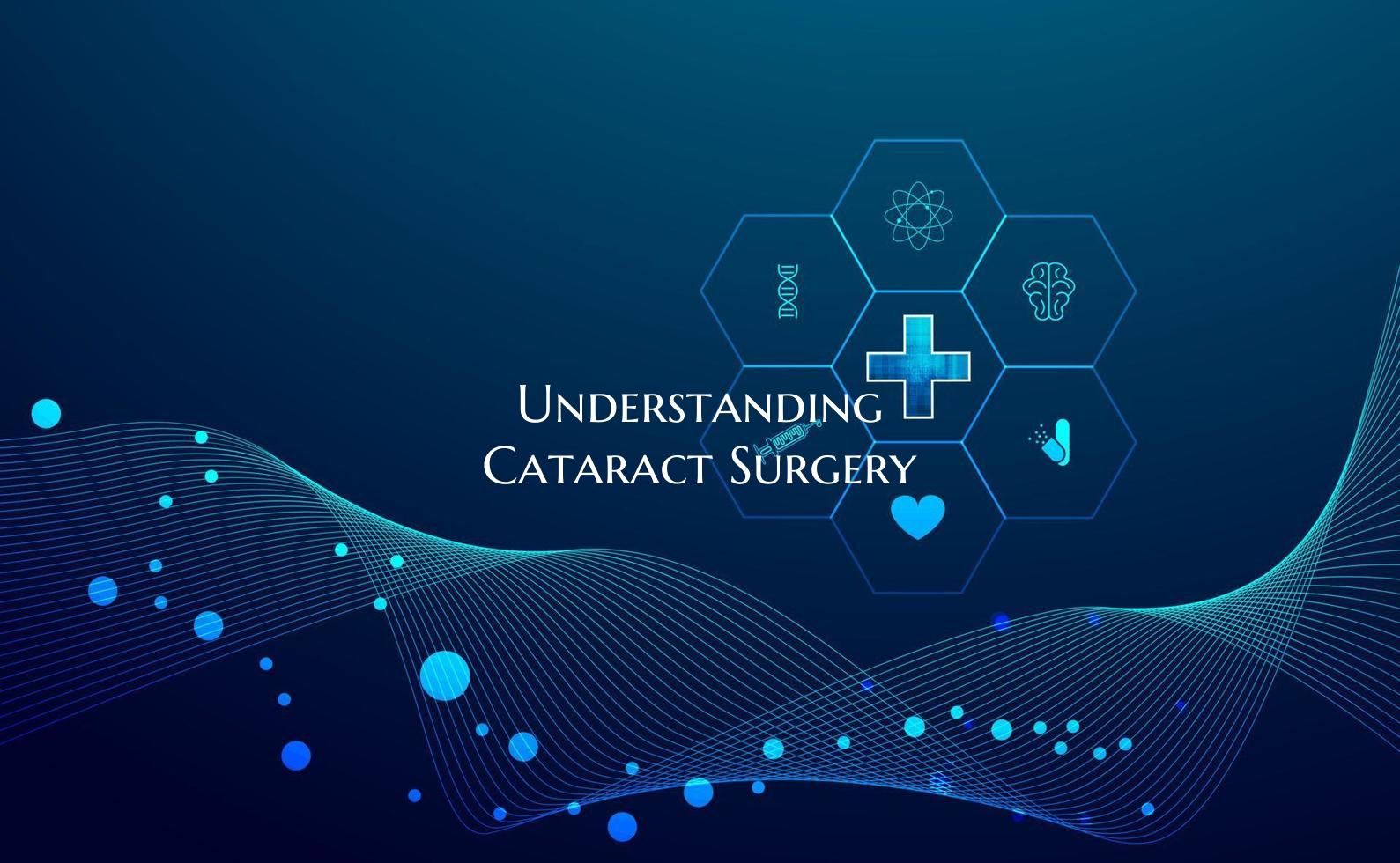
Understanding Cataract Surgery
Cataract surgery is a common and highly effective procedure performed to treat cataracts, which cause cloudy vision and can significantly impact one's quality of life. Cataracts develop when the clear lens of the eye becomes cloudy, leading to blurry vision, sensitivity to light, and difficulty seeing at night.
During cataract surgery, the clouded lens is removed and replaced with an artificial intraocular lens (IOL). This is typically done on an outpatient basis and is a quick and relatively painless procedure. It is one of the most commonly performed surgeries in the world and has a high success rate in improving vision.
There are different types of cataract surgery techniques, including traditional phacoemulsification and laser-assisted surgery. Your eye surgeon will determine the most appropriate approach based on your individual needs and the specifics of your cataract.
Recovery from cataract surgery is typically quick, with most patients experiencing improved vision within a few days to weeks. Following the surgery, you may be required to use eye drops and attend follow-up appointments to monitor your healing progress.
It is essential to discuss any concerns or questions you have with your eye care provider before undergoing cataract surgery. Understanding the procedure, knowing what to expect, and following post-operative instructions are crucial for a successful outcome. Cataract surgery can significantly improve your vision and quality of life, allowing you to see the world more clearly and enjoy daily activities with greater ease.